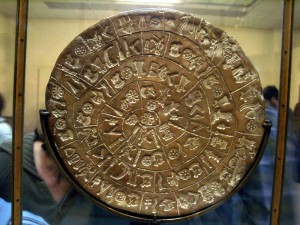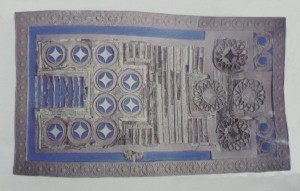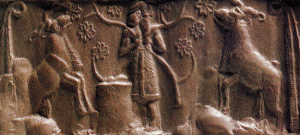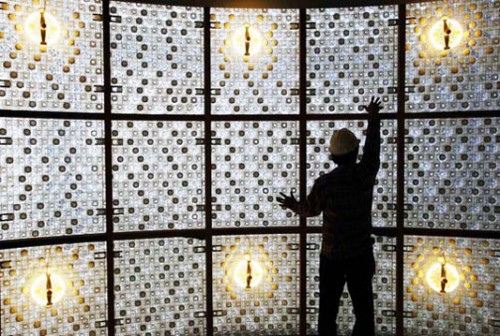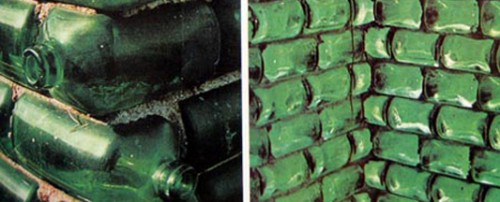The Lost Gold of Rome: The Hunt for Alaric’s Treasure ( 2007) by Daniel Costa
Rating: 




In AD 410, Rome suffered a catastrophe of unprecedented proportions when a foreign army led by the Visigoth king Alaric sacked the city and carried off its most valuable treasures.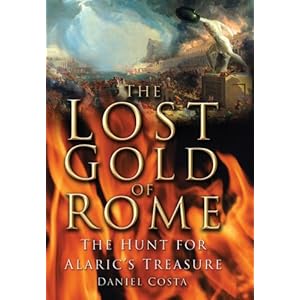
This was the first time in 800 years, during which time Rome itself had accumulated the wealth of Empire. Alaric played a significant role in the dismemberment of the Roman Empire in the west, but he died before he could leave the Italian peninsula. His followers buried him in a secret tomb allegedly laden with the plunder of Rome that may have included the Jerusalem Temple treasures of the Jews, deposited in the so-called ‘Temple of Peace’. Daniel Costa’s account traces the life and death of Alaric and explores the modern quests to discover his grave, including the efforts of the Nazi Heinrich Himmler. Despite the likelihood that the grave has now finally been found, no definitive excavation has taken place..

